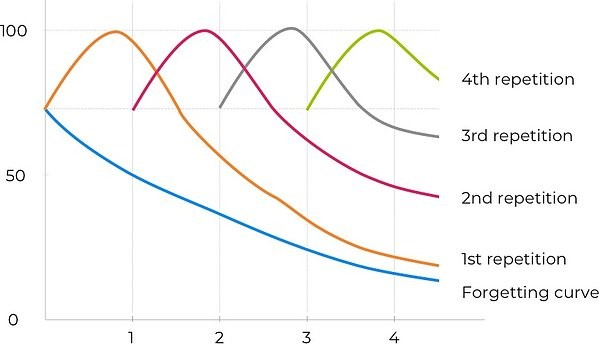ATD Blog
Putting the Science of Learning Into Practice
Thu Apr 25 2019

Bookmark
What if employee trainings were so engaging, so impactful, and so transformative that employees demanded to enroll in them? What if prospective employees were attracted to your organization because of the reputation of your training program? Everyone in executive education and L&D wants their programs to be this good but the bar is incredibly high.
The pitfalls of engaging learners are familiar: time and attention are limited, excessive new information can lead to overload, and participants struggle to see how what they are learning directly impacts their work. Many of the findings of learning science that can help to address these pitfalls are also familiar to designers of L&D programs. Teaching from first principles, chunking information into digestible modules, prompting spaced practice, and providing timely and actionable feedback are known to promote effective learning. So how can these findings be applied to design trainings that drive high levels of learner engagement and impact?
Understanding Learning Science
These findings, to effectively promote learning science, can be categorized under two broad maxims: Think it through and Make and use associations.
When integrated with instructional practices such as peer learning and prompted reflection on feedback, applying these maxims can increase the overall impact of trainings.
Think it Through
Thinking it through means actively processing information while using multiple cognitive systems. Reading or listening to lectures (live or on video) is important so learners can be exposed to new ideas and information; but only when they actively make use of information and deeply process it will they begin to understand the practical utility of new ideas. To promote deep processing, trainings should prompt learners to apply concepts by making distinctions, generating examples, and analyzing cases from multiple perspectives. Using these techniques in a group setting, where learners listen and respond actively to the ideas of others, leads them to further process new information.
Effective trainings provide learners with opportunities to practically apply new skills, receive feedback, reflect on how they can improve, and try again. Intentionally spacing out learning experiences that return to the same competencies helps learners to retain new information for increasingly longer periods of time and increases the likelihood that they will apply it.

Source: Easy Generator Blog
Research on learning has shown that the significance of new information is most salient when learners understand its impact on an emotional level, so they can see and feel why it matters. For example, practicing empathic listening in a two-way partner exercise can allow learners to experience firsthand what it feels like to be vulnerable and listened to, which makes the skill of active listening more relevant and memorable the next time they have an opportunity to use it.
Using Associations
New information is retained and utilized when it is connected to what the learner already knows. This is the essence of making and using associations. When designing learning experiences, the key is to understand the starting point of the audience and intentionally connect new skills and concepts to existing competencies. Another critical practice for making new ideas memorable is to help learners work them out from first principles. If you want learners to utilize design thinking in their work, for example, letting them see the motivation for each step of the process by working through the consequences of not following the steps is a good way to help them understand both how and why it works. Providing opportunities for learners to apply new skills in different contexts will increase the likelihood they will recall and apply them creatively in a variety of situations.
Learning Science in Practice
The practices described above work best when integrated with active learning instructional techniques that prompt social interaction and metacognition.
Our social nature provides some of the strongest incentives and opportunities to increase learner engagement. Learning from and with peers requires learners to explain the concepts they are working with (deep processing), and hearing others’ interpretations and experiences provides additional opportunities to connect ideas (using associations). When learners work together and coach each other, it allows them to build their networks and receive feedback in a safe context that is free from evaluation. It also provides opportunities for learners to begin to transfer their knowledge to new domains as they think through the problems their peers are trying to solve.
One of the most impactful and neglected practices for effective learning is providing immediate feedback and prompting reflection. Feedback promotes new associations, and reflection allows the learner to process what they’ve learned and generate takeaways. When learners appreciate where they have succeeded in making use of new ideas and identify where they have room to improve, they are motivated by the evidence of their growth and the opportunity for additional learning. Frequent and timely feedback has been shown to have a stronger impact on learning than delaying until the end of a program. Likewise, taking time for reflection can cement new learning more effectively than increasing the numbers of examples or applications.
To learn more about how findings from the science of learning can inform the design of L&D programs, join me on Wednesday, May 22, at 10 a.m. at the ATD 2019 International Conference & Exposition for Beyond the Science of Learning.

